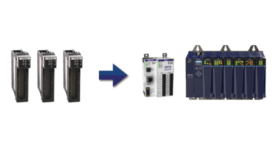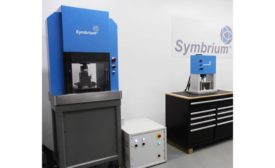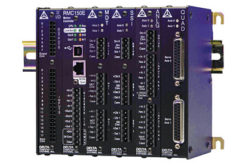Home » Keywords: » motion control
Items Tagged with 'motion control'
ARTICLES
Multi-Axis Motion Controller Accelerates Gear Testing
The testing can be used in a pre-production environment as companies evaluate changes in materials designed to improve the characteristics of end products.
April 8, 2020
Developing a Versatile Test Platform for Automotive Application
Addressing the need for more powerful, user-friendly test stands.
November 3, 2014
Stay in the know with Quality’s comprehensive coverage of
the manufacturing and metrology industries.
eNewsletter | Website | eMagazine
JOIN TODAY!Copyright ©2024. All Rights Reserved BNP Media.
Design, CMS, Hosting & Web Development :: ePublishing




